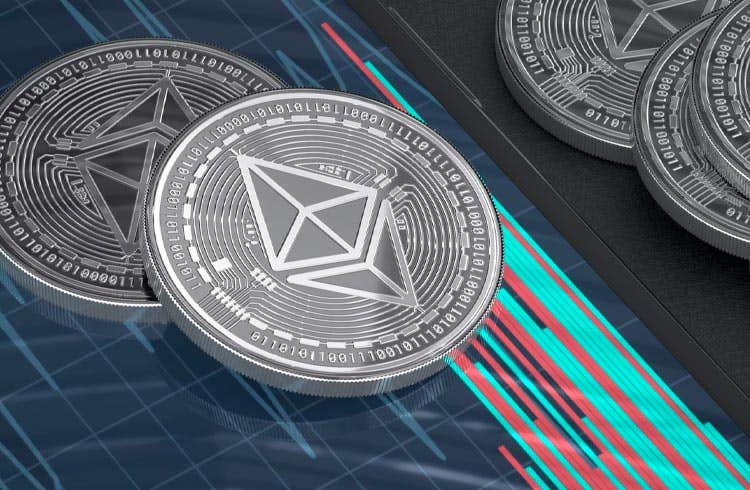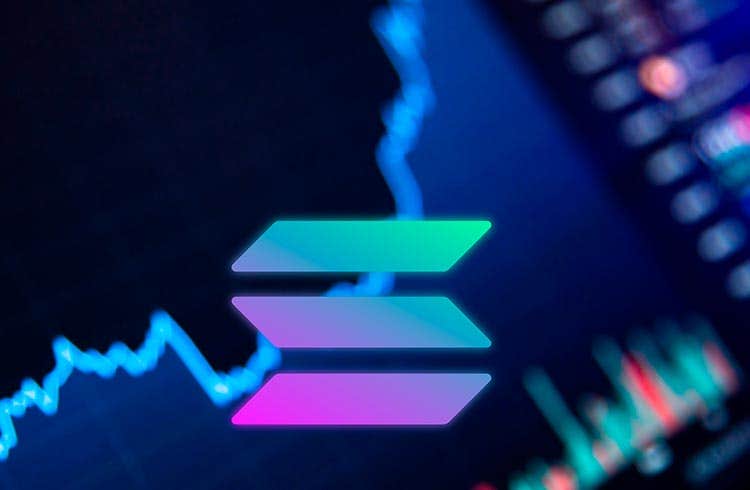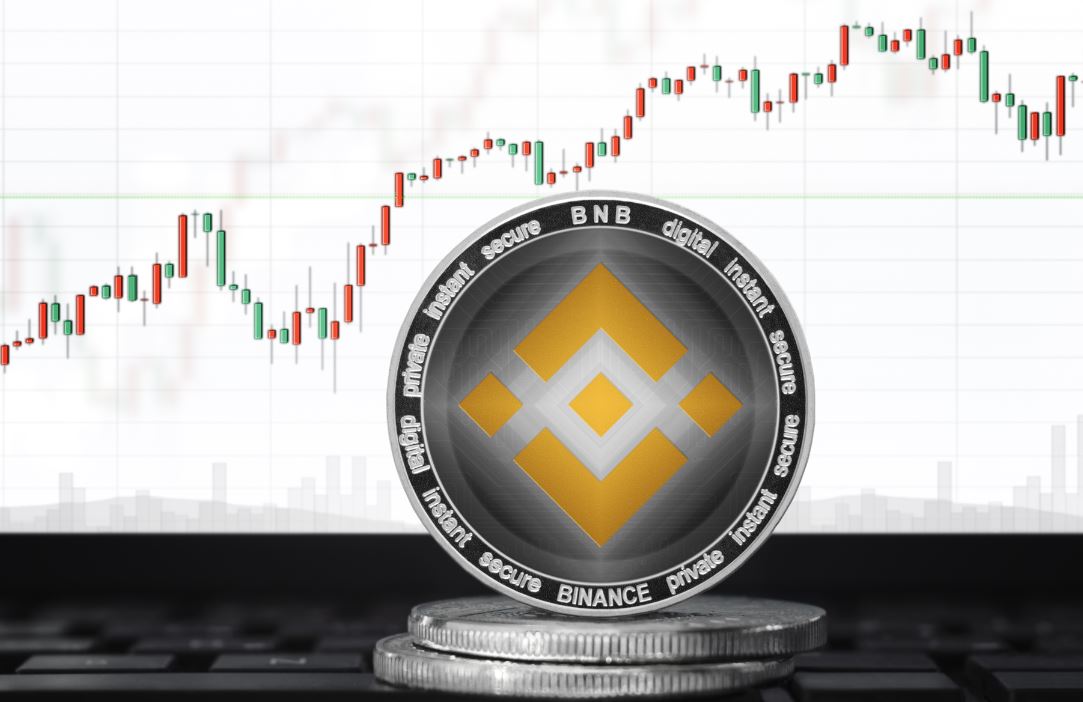Table of Contents
Tellor (TRB) is a decentralized oracle Network This allows regular users to earn rewards for participating. To accomplish this task, the system introduces an incentive mechanism and a custom cryptocurrency. Tellor is currently one of the best Oracle networks on the market.
Oracles are off-chain sensors that can interact with blockchain networks. These sensors play a crucial role in the decentralized economy as they allow blockchains to seamlessly interact with other networks. The rise of DeFi (decentralized finance) has increased the demand for these services even further.
Nowadays oracles are used for all sorts of purposes. DEXs (decentralized exchanges) rely on these sensors to keep the pricing of their tokens accurate since they typically do not have an order book. There are also oracles that allow tokens to be pegged to off-chain assets such as stocks and commodities. As the application scenarios for oracles expand, the importance of Tellor in the market also grows.
What is Tellor and what problems does TRB solve?
One of the main problems Tellor wants to eliminate is false reporting. The immutability of many blockchain networks means that misreported data can create a ripple effect. These problems arise from the fact that early oracles worked in unique ways. This centralized point of failure weakened the overall effectiveness of the network.
Tellor uses a decentralized structure to verify that all data coming from oracles is correct. The system uses a multi-layered verification system and incentives to ensure that all oracles only provide verified, real off-chain information. In this way, Tellor provides the blockchain economy with a secure network of Oracle data reporters.
Advantages of Tellor (TRB)
There are many reasons why a user would integrate Tellor oracles into their platform. On the one hand, the network enables smart contracts on Ethereum to establish a secure connection to verified external data sources. This allows Dapp developers to access information faster and more efficiently.
How does Tellor (TRB) work?
Tellor is an Ethereum-based network. Therefore, users can interact with the platform through all ERC-20 compatible wallets. The network divides the transmission and retrieval of Oracle data into several components. The protocol requires parties to pay a fee in the form of tributes (TRB) to make a data request from the network.
When a request is made, the network takes the best-funded request and creates a proof-of-work challenge. This challenge is answered by network nodes called reporters. The reporter who delivers the information quickly and accurately will receive a reward for their efforts. Reporters can gain reputation on the network by consistently providing reliable and accurate information in a timely manner.
consensus
Tellor uses a Proof-of-Work (PoW) algorithm to ensure that the blockchain remains valid. Interestingly, Tellor’s consensus mechanism supports staking. To participate, miners must stake tokens. Specifically, you need to stake 1000 TRB in the network staking pool to be eligible for rewards. You must also participate in quarterly voting using Tellor Improvement Suggestions. This strategy ensures that nodes within the community remain interactive and current.
Reporter
The miners of the Tellor network are called reporters. These nodes are tasked with monitoring and forwarding data from oracles. Miners compete to add data points. For their efforts, they receive rewards in the form of TRB. The system is more comprehensive than Bitcoin as it does not require high-end hardware requirements to become a reporter. All you need to do is meet the staking requirements, hold TRB and run the required software.
Dispute resolution mechanism
Tellor introduces a dispute resolution mechanism to automatically resolve data errors between oracles. The system charges reporters a small fee to resolve disputes. 10% of this fee will automatically go to a tip of the same data type that was removed. The goal of this approach is to motivate reporters to populate this data as quickly as possible.
Tribut-Token (TRB)
Tribute is the main utility token for the Tellor network. Users must have TRB to participate in the platform’s services, including staking and voting. Miners receive rewards with the token and it can also act as a cryptocurrency if necessary. As an ERC-20 token, TRB enjoys high interoperability within the market.
Community-Governance
Tellor introduces a community governance mechanism that offers its users the ability to control the developments of the platform. Users can submit suggestions that the community can vote for or vote against. If the proposal is approved, the system will automatically release funds from the community bank. These proposals could include everything from protocol changes to monetary policy, such as adjusting the circulating supply of TRB
Story
Tellor’s founding team, Nicholas Fett, Brenda Loya, and Michael Zemrose, leveraged the valuable lessons learned from their first project, a derivatives exchange called Daxia. In particular, Brenda Boya is a well-known Ethereum developer. She also worked as an economist for the US government.
The team recognized very early on that the DeFi sector was increasingly reliant on oracles as an important part of data transfer. Platforms like Daxia require oracles to keep their pricing system correct. If an oracle provided bad information, it would significantly impact the exchange’s capabilities. This situation led the team to develop Tellor as an answer to this problem.
Tellor (TRB) – Oracles are crucial to blockchain adoption
The development team behind Tellor continues to be at the forefront of Oracle integration. By providing the market with a streamlined way to integrate these sensors, they enable developers to create more robust and helpful products Dapps. Ultimately, these measures only increase the acceptance rate.
- Michaël van de Poppe: Bitcoin to Hit $500,000 This Cycle? 🚀💸 Or Just Another Crypto Fairy Tale? - December 21, 2024
- What is the Meme Coin Bonk, Price Predictions 2025–2030, and Why Invest in BONK? - December 18, 2024
- BNB Price Analysis: 17/12/2024 – To the Moon or Stuck on a Layover? - December 17, 2024




![Best Platforms for Copy Trading in [current_date format=Y] 9 Best Platforms for Copy Trading](https://cryptheory.org/wp-content/uploads/2024/12/copy-trading-350x250.jpg)
![Top 10 Cryptocurrency Platforms for Grid Trading in [current_date format=Y] 10 Top 10 Cryptocurrency Platforms for Grid Trading](https://cryptheory.org/wp-content/uploads/2024/12/grid-trading-350x250.jpg)
![BingX Exchange: A Detailed Guide to Using, Trading, and Maximizing Features in [current_date format=Y] 11 BingX Exchange: A Detailed Guide to Using, Trading, and Maximizing Features](https://cryptheory.org/wp-content/uploads/2024/11/4-5-350x250.jpg)



















